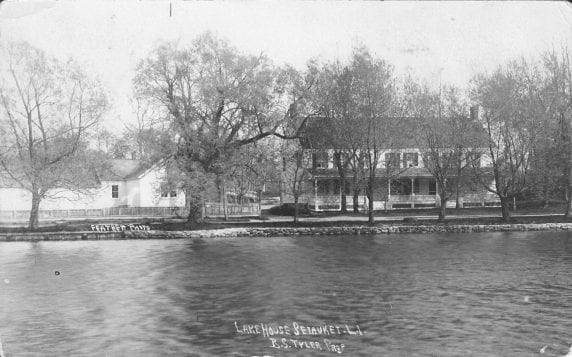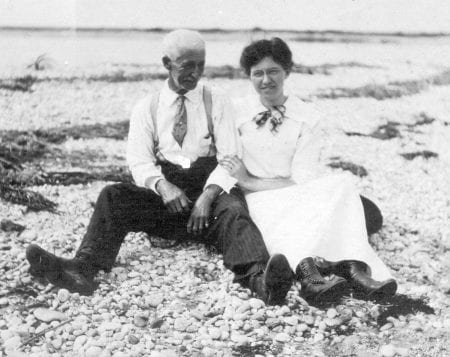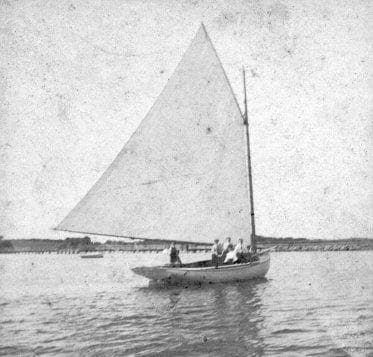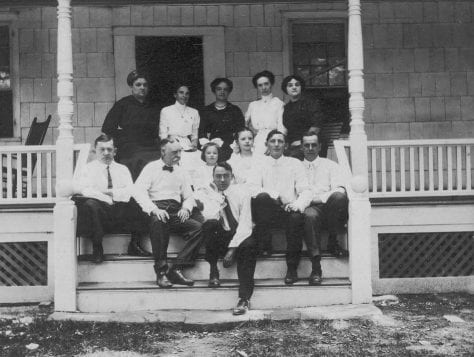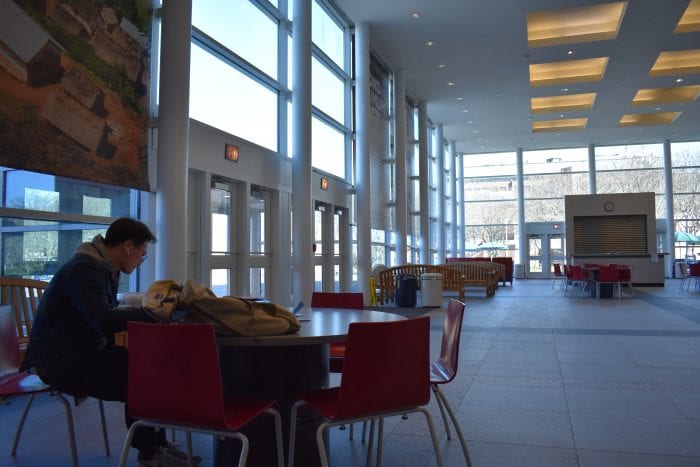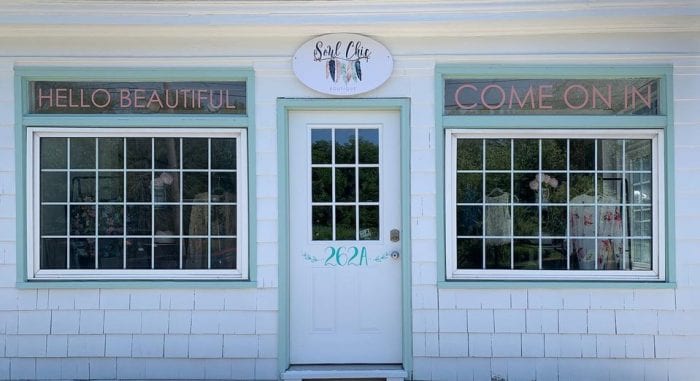If the pandemic of 2020 has done anything, it has made us realize how small the world truly is – and how alike we all are in our hopes, dreams, fears and failings. This year, more than ever, thought-provoking and innovative films introduce us to inspiring characters and transport us to new worlds, all from the comfort and safety of our homes.
For the first time in its 25-year history, the Stony Brook Film Festival, presented by Island Federal, moves from a 10-day live event to a 12-week virtual festival starting tonight, Sept. 10, at 7 p.m. and closing with a live Awards Ceremony on Dec. 15.
The films, which can be watched on all platforms and devices in your home including FireTV, AndroidTV, AppleTV, Roku, Chromecast and GooglePlay, feature 24 new and independent premieres from a dozen countries including the United States, Israel, Germany, Hungary, Poland, France, Switzerland, New Zealand, Canada and Portugal. Each feature is preceded by a short film.
The exciting lineup offers stories of every genre: comedy, coming of age, romance, drama and documentaries with many of the films sharing a theme of life interrupted, a universal topic many can relate to as we navigate the COVID-19 pandemic.
“In these very uncertain and precarious times we find ourselves in we hope the mix of these socially conscience films balanced with uplifting, often fun and joyous stories, with spectacular performances, will provide the stimulation and entertainment we are all so desperately craving,” said festival director Alan Inkles.
The Festival kicks off tonight with the American premiere of Dreamfactory, the romantic story between two movie extras who are torn apart when East Germany closes its border and erects the Berlin Wall. An epic tale told against the backdrop of history, this film is part comedy, part musical, part romance, and a pure joy from beginning to end.
Tickets are available as an all-access, 12-week pass for $60 or may be purchased as a single ticket for each film for $6. The pass for 24 films allows 72 hours each week for viewers to watch and re-watch the weekly line-up. It also includes exclusive filmmaker interviews and Q&As with directors, cast and crew, as well as behind-the-scenes footage and back stories. For more information, visit stonybrookfilmfestival.com or call 631-632-ARTS [2787].
Film schedule:
September 10
FEATURE: Dreamfactory (Germany)
SHORT: Extra Innings (United States)
September 17
FEATURE: The Subject (United States)
SHORT: Corners (United States)
September 24
FEATURE: Those Who Remained (Hungary)
SHORT: Sticker (Macedonia)
October 1
FEATURE: Of Love and Lies (France/Belgium)
SHORT: Generation Lockdown (United States)
October 8
FEATURE: When Hitler Stole Pink Rabbit
(Germany/Switzerland)
SHORT: Walk a Mile (New Zealand)
October 15
FEATURE: The Art of Waiting (Israel)
SHORT: Waterproof (United States)
October 22
FEATURE: Higher Love (United States)
SHORT: A Simple F*cking Gesture (Canada)
November 5
FEATURE: Long Time No See (France)
SHORT: Touch (Israel)
November 12
FEATURE: Submission (Portugal)
SHORT: They Won’t Last (United States)
November 19
FEATURE: Relativity (Germany)
SHORT: Forêt Noire (France/Canada)
December 3
FEATURE: On the Quiet (Hungary)
SHORT: Jane (United States)
December 10
FEATURE: My Name is Sara (United States)
SHORT: Maradona’s Legs (Germany/Palestine)
December 15
CLOSING NIGHT AWARDS CEREMONY LIVE 7 p.m.
* Please note: All films in the Stony Brook Film Festival are premiere screenings and have not been rated. Viewer discretion is advised. Films are available to begin streaming at 7 p.m. on Thursdays.






